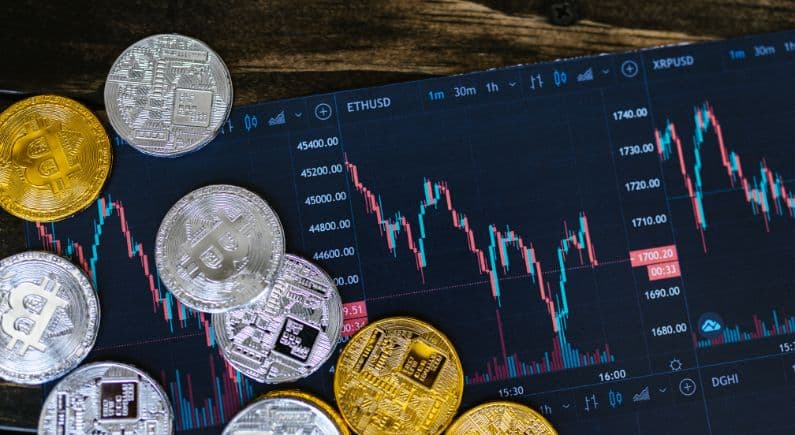- SUMMITS
- NEWS & MEDIA
- SUMMITS
- NEWS & MEDIA

Traditional banking systems have operated on decades-old infrastructure, slow-moving processes, and limited accessibility. However, a change is here; according to a report by Ripple and the Boston Consulting Group (BCG), the move towards a tokenised economy is no longer a distant possibility but a rapidly approaching reality. The tokenised economy is not an experimental trend; it’s becoming a foundational reality.
Tokenisation is more than slapping a digital label on assets. It’s a full-scale reimagination of financial systems. Think of it as tearing down an old bridge and rebuilding it with innovative, self-adjusting materials that can flex, expand, and evolve as traffic grows—the world where financial assets are programmable, interoperable, and accessible 24/7, 365 days a year.
Ripple, known for its work in blockchain-based payments, partnered with Boston Consulting Group (BCG), a global leader in market intelligence, to publish a groundbreaking report on tokenisation.
Tokenisation is the process of converting rights to an asset into a digital token on a blockchain. These tokens aren’t limited to digital currencies—they can represent real-world items: real estate, stocks, bonds, commodities, and even art or intellectual property. It provides liquidity in illiquid markets, accessibility in exclusive ones, and speed where bureaucracy used to reign.
According to the Ripple-BCG report, the tokenised asset market is projected to explode to $18.9 trillion by 2033. It includes everything from stablecoins to tokenised deposits, money market funds, corporate bonds, trade finance instruments, and more.
Tokenisation isn’t something that’s going to flip a switch and instantly take over global finance. It’s a process—one that’s happening in stages. Ripple and BCG outline three specific phases of adoption, each with its own goals, asset types, and infrastructure requirements.
One of the biggest hurdles in the early days of blockchain and digital assets was regulatory uncertainty. Everyone liked the tech, but no one knew how governments would treat it.
Countries like Switzerland, Singapore, and the UAE are rolling out comprehensive frameworks for tokenised assets. The EU’s MiCA (Markets in Crypto-Assets) regulation is setting a new global standard. The US is catching up, and even more conservative jurisdictions are exploring sandbox environments. Clear rules encourage institutional investment. When banks, insurers, and asset managers know the playing field, they can start participating at scale. Compliance departments get the green light. Boards approve budgets. And capital flows into tokenisation initiatives.
Back in 2022, BCG predicted tokenised assets would hit $16 trillion by 2030. However, in this newer 2024 forecast, that number is revised down to $9.4 trillion by 2030, and even that includes stablecoins. Strip those out, and you’re down to $6.4 trillion—just 40 percent of the original forecast.
In the past, blockchain pilots were mostly PR stunts. Today, they’re strategic imperatives. JPMorgan’s Kinexys has handled over $1.5 trillion in tokenised transactions. BlackRock has launched tokenised money market funds. HSBC is issuing tokenised green bonds.
Digital-native competitors are on the rise. Customers are demanding more. And regulators are giving the green light. If traditional players don’t adapt, they’ll be left behind. We’re now seeing Tier 1 banks investing in full-scale token platforms, acquiring crypto startups, building in-house custody, and partnering with fintechs to expand their tokenisation capabilities.